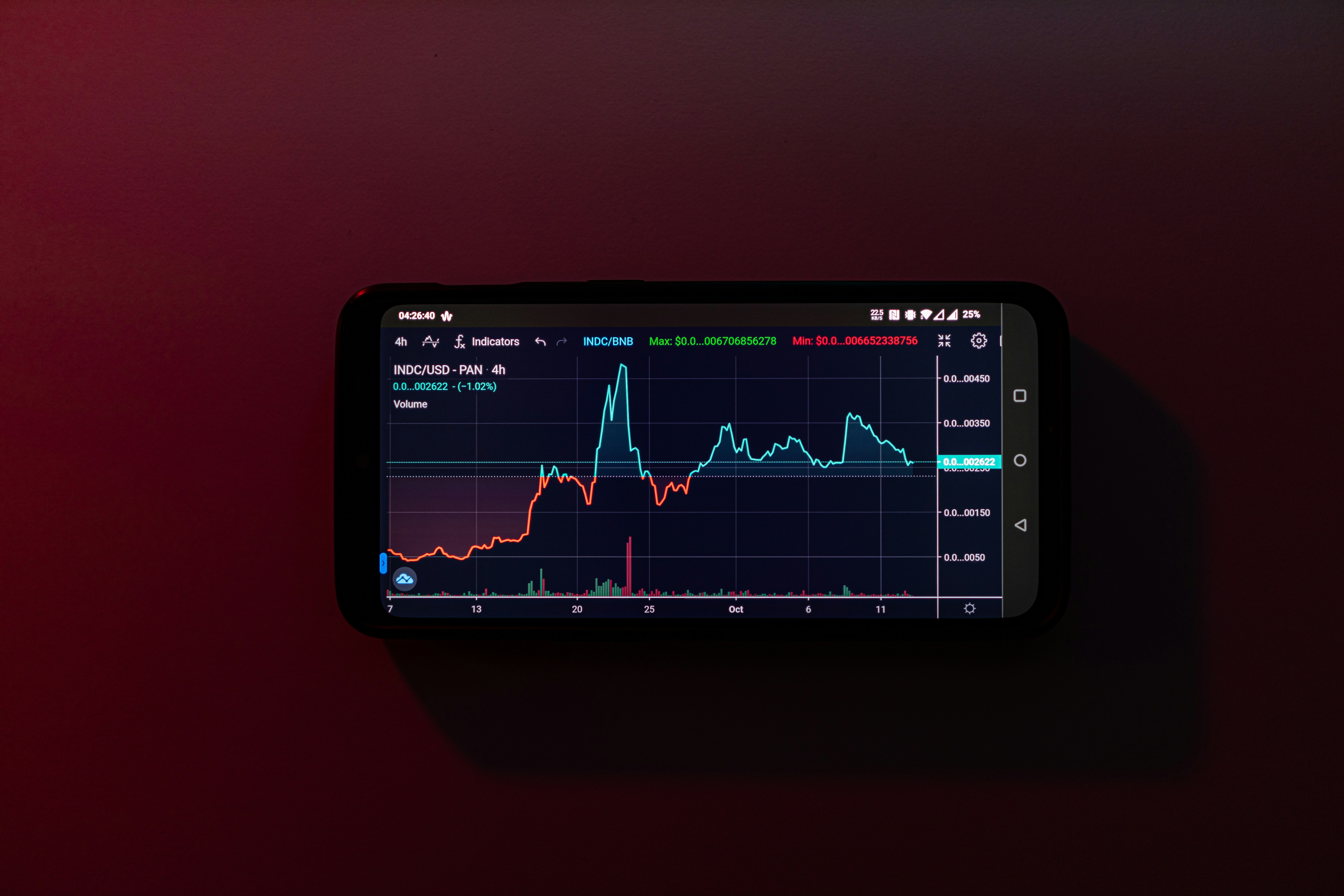
Artificial Intelligence And Machine Learning Advancements
As we move into 2024, the landscape of Artificial Intelligence (AI) and Machine Learning (ML) continues to evolve at an unprecedented pace. These technologies are no longer confined to research labs or niche applications; they are now integral components of mainstream industries, driving innovation and efficiency across various sectors. One of the most significant advancements is the refinement of natural language processing (NLP) algorithms, making interactions with AI more intuitive and human-like.
This progress is enabling more sophisticated virtual assistants, improved customer service bots, and even more accurate translation services.
Additionally, AI’s role in predictive analytics is becoming increasingly pivotal. Enhanced ML models can now analyze vast amounts of data with greater accuracy, offering businesses actionable insights that were previously unattainable. This capability is particularly transformative for sectors like healthcare, finance, and retail, where predicting trends can lead to better decision-making and optimized operations.
Moreover, ethical considerations around AI are gaining traction. As these technologies become more embedded in daily life, there is a growing focus on ensuring transparency and fairness in AI algorithms. This shift towards ethical AI aims to mitigate biases and promote inclusivity, setting a foundation for responsible innovation in the years to come.
The Rise Of Quantum Computing
The rise of quantum computing marks one of the most transformative trends in the tech industry for 2024. This revolutionary field, which leverages the principles of quantum mechanics to process information in fundamentally new ways, is poised to redefine computational boundaries. Unlike classical computers that use bits as the smallest unit of data, quantum computers utilize qubits, enabling them to perform complex calculations at unprecedented speeds.
As we advance further into this cutting-edge technology, its potential applications span across various sectors including cryptography, material science, pharmaceuticals, and artificial intelligence. [Sources: 10]
In 2024, significant strides are expected in making quantum computing more accessible and practical for real-world applications. Companies like IBM, Google, and emerging startups are pushing the envelope with newer models that promise enhanced stability and error correction capabilities. Governments around the globe are also investing heavily in quantum research initiatives to ensure they remain competitive in this burgeoning field.
Moreover, collaborations between academic institutions and private enterprises are accelerating innovation by fostering an ecosystem where theoretical advancements quickly translate into practical solutions. The promise of solving problems deemed unsolvable by classical means has spurred a sense of urgency and excitement within the tech community. As these developments unfold, quantum computing could very well become a cornerstone technology shaping our digital future.
Expansion Of 5G And Beyond
As we approach 2024, the expansion of 5G technology continues to be a pivotal trend in the tech industry, promising unprecedented advancements in connectivity and digital infrastructure. The rollout of 5G has already begun reshaping various sectors by providing faster internet speeds, lower latency, and the capacity to connect a multitude of devices simultaneously. This transformation is not only enhancing mobile communication but also laying the groundwork for innovations such as smart cities, autonomous vehicles, and advanced IoT applications.
Moreover, as 5G networks become more widespread, the focus is shifting towards “beyond 5G” technologies like 6G. While still in its nascent stages of research and development, 6G aims to further push the boundaries with even higher data rates, improved reliability, and ultra-low latency. It envisions an era where immersive experiences such as augmented reality (AR) and virtual reality (VR) are seamlessly integrated into daily life.
The implications for businesses are profound. Enhanced connectivity will drive efficiencies in manufacturing through smart factories and enable new consumer experiences through personalized services powered by real-time data analytics. As we move closer to a hyper-connected world, staying abreast of developments in 5G and beyond will be crucial for companies aiming to remain competitive in this rapidly evolving landscape.
Growth In Edge Computing
As the digital landscape continues to evolve, edge computing is poised to become a cornerstone of technological advancement in 2024. This paradigm shift moves data processing closer to the source of data generation, such as IoT devices and local servers, reducing latency and bandwidth usage while enhancing real-time decision-making capabilities. The proliferation of connected devices in smart cities, autonomous vehicles, and industrial automation underscores the necessity for swift and efficient data handling that edge computing offers.
Businesses are increasingly recognizing the potential of edge computing to unlock new opportunities. By decentralizing data processing, companies can achieve enhanced performance and reliability for applications that require immediate insights. For instance, in healthcare, edge computing enables faster diagnostic processes by analyzing patient data at local nodes rather than relying on distant cloud servers.
Moreover, advancements in artificial intelligence (AI) and machine learning (ML) are further propelling the adoption of edge computing. These technologies benefit from reduced latency when models are trained and executed closer to the point of action. As regulatory landscapes evolve with heightened privacy concerns, edge computing also provides a robust framework for localized data governance.
In 2024, we can expect a significant surge in investment toward developing sophisticated edge infrastructure as enterprises strive to harness their full potential.

Evolution Of Cybersecurity Measures
As we look toward 2024, the evolution of cybersecurity measures is poised to be a cornerstone in the tech industry. With cyber threats becoming increasingly sophisticated, traditional security protocols are no longer sufficient. The rapid adoption of artificial intelligence (AI) and machine learning in cybersecurity is transforming how threats are detected and mitigated. AI-driven systems can analyze vast amounts of data in real time, identifying anomalies and potential breaches faster than ever before.
Moreover, zero-trust architecture is gaining traction as organizations shift from perimeter-based security models to a more robust approach where trust is never assumed. This model requires continuous verification of user identity and device integrity, ensuring that even internal traffic is scrutinized.
Blockchain technology also promises significant advancements in data protection. By decentralizing information storage and using cryptographic methods to secure transactions, blockchain reduces the risk of unauthorized access and tampering.
Furthermore, with the proliferation of Internet of Things (IoT) devices, edge computing security has become crucial. Protecting data at the source rather than relying solely on centralized cloud infrastructure minimizes vulnerabilities.
In summary, the evolution of cybersecurity measures in 2024 will be characterized by intelligent automation, rigorous trust verification processes, innovative use of blockchain technology, and enhanced edge computing protections—collectively fortifying our digital defenses against an ever-evolving threat landscape.
Sustainable Technology Innovations
As the global community continues to grapple with the urgent challenges of climate change, 2024 is poised to be a pivotal year for sustainable technology innovations. Companies across various sectors are increasingly recognizing the need to integrate eco-friendly practices not just as a regulatory compliance measure but as a core component of their business strategy. This shift is driving a surge in innovations aimed at reducing carbon footprints, enhancing energy efficiency, and promoting circular economies.
One notable trend is the rise of green data centers. These facilities utilize advanced cooling technologies and renewable energy sources to minimize environmental impact, addressing the substantial energy demands of our digital age. Additionally, breakthroughs in battery technology promise longer-lasting and more efficient storage solutions for renewable energy, making it easier for businesses and households alike to rely on solar and wind power.
Furthermore, sustainable supply chain technologies are gaining traction. Blockchain and IoT sensors are being employed to monitor and optimize resource use from production through distribution, ensuring transparency and reducing waste. As these innovations mature, they offer promising pathways toward achieving more sustainable industrial practices while also opening new avenues for economic growth within green tech sectors.
Integration Of Augmented And Virtual Reality
As we approach 2024, the integration of Augmented Reality (AR) and Virtual Reality (VR) continues to reshape the technological landscape, pushing the boundaries of how we interact with digital and physical worlds. AR and VR are no longer confined to gaming or niche applications; they are becoming integral to various industries, from healthcare to education, retail, and beyond.
In healthcare, AR is revolutionizing surgical procedures by overlaying vital information directly onto a surgeon’s field of view, enhancing precision and reducing risks. VR is being used for immersive therapy sessions that help treat conditions like PTSD and anxiety disorders by creating safe environments for patients to confront their fears.
Education is also undergoing a transformation as immersive technologies facilitate interactive learning experiences. Students can now take virtual field trips to historical landmarks or simulate complex scientific experiments without leaving the classroom. Retailers are leveraging AR to offer virtual try-ons for clothing and cosmetics, creating personalized shopping experiences that drive customer engagement.
Furthermore, the corporate world sees potential in VR-based remote collaboration tools that mimic real-world interactions more closely than traditional video conferencing solutions. As these technologies continue to evolve in 2024, their seamless integration into everyday life will likely become even more profound, driving innovation across multiple sectors.




